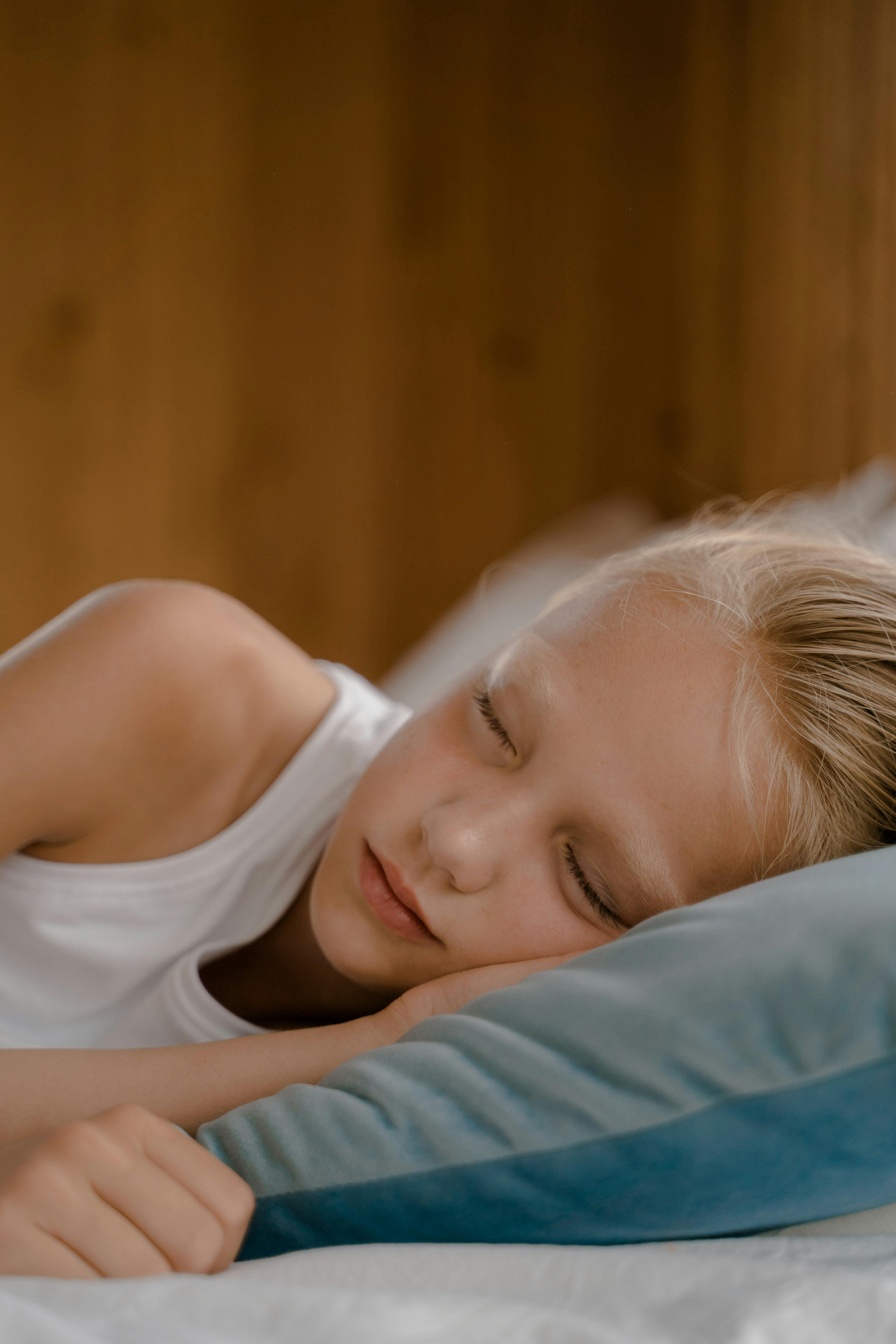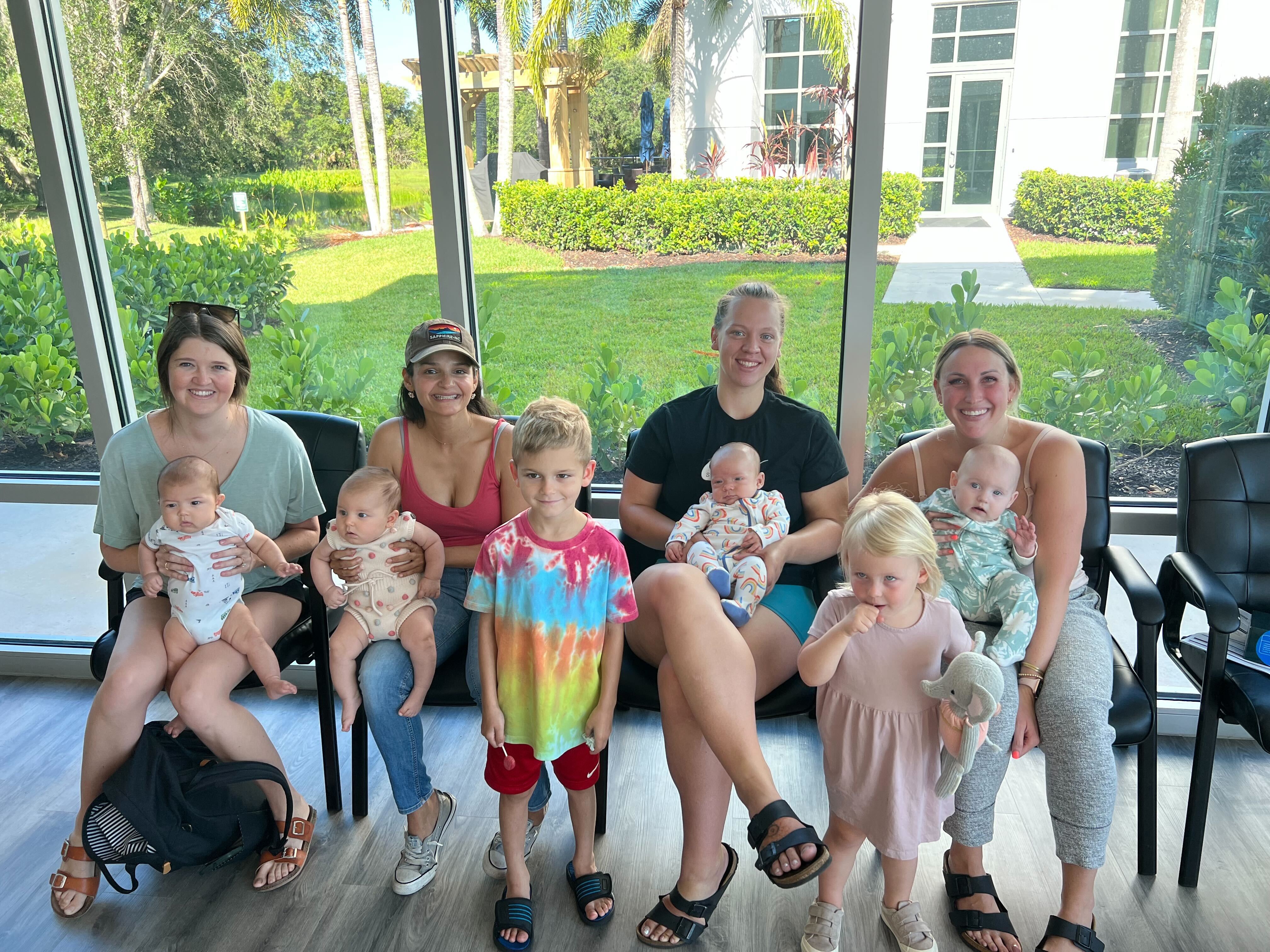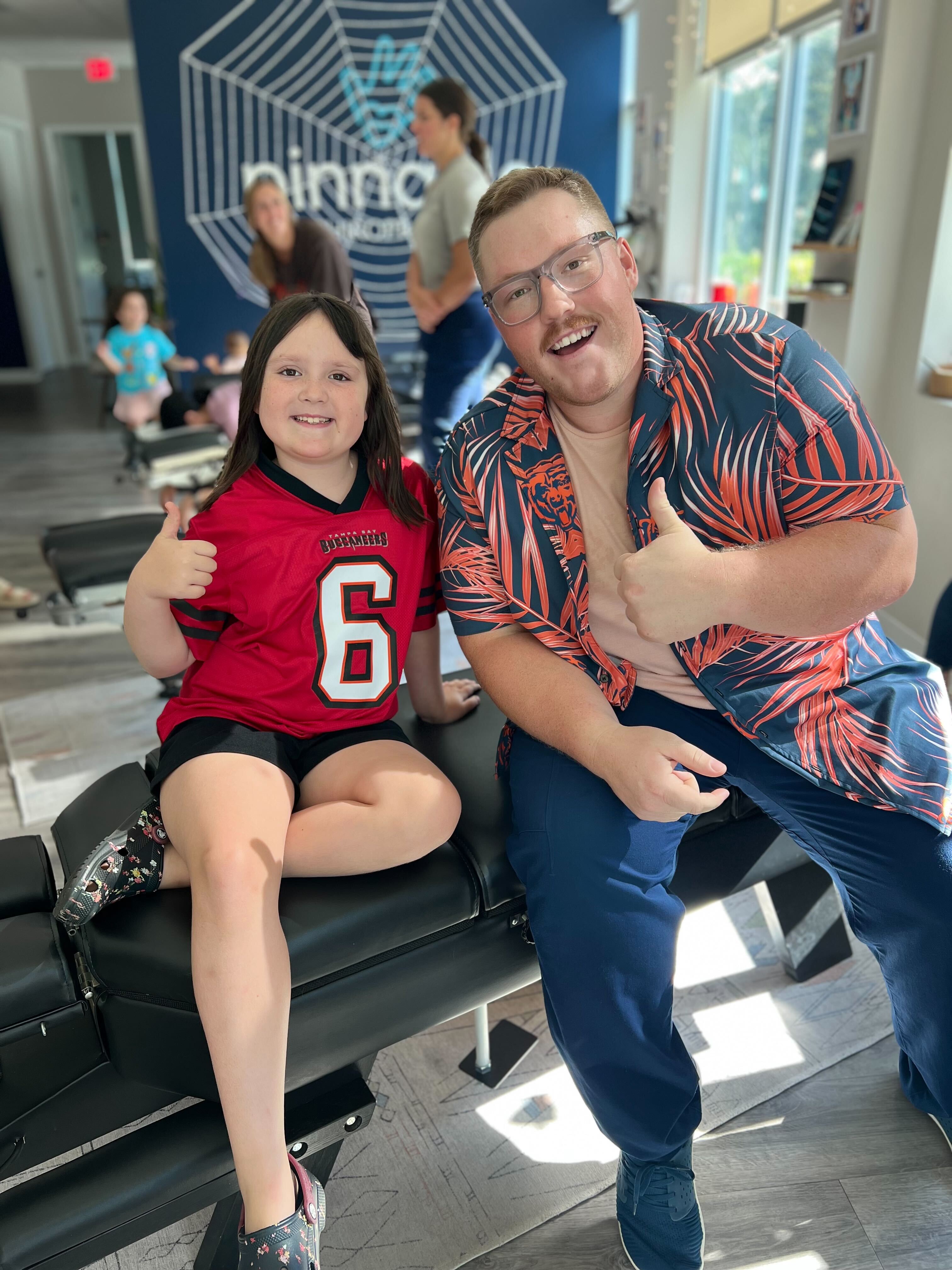When your child struggles with sleep, anxiety, or trouble focusing, it can feel overwhelming to sort through all the possible solutions. At Pinnacle Chiropractic, we believe in getting to the root of health challenges and supporting the body naturally—especially when it comes to the delicate nervous systems of children.
One supplement we’re often asked about is ashwagandha, a popular adaptogenic herb used to help manage stress and support the body’s resilience. But is ashwagandha safe for kids?
Let’s explore what the research says, how it may help, and the brand we trust most when considering this herb as part of a child’s wellness plan.
What Is Ashwagandha?
Ashwagandha (Withania somnifera) is an ancient herb long used in Ayurvedic medicine. It’s best known as an adaptogen—a natural substance that helps the body adapt to stress and restore balance. In adults, it’s often used to support:
- Lower cortisol (the body’s primary stress hormone)
- More restful sleep
- Sharper mental focus
- Improved immune system function
- Emotional balance
Many of these benefits come from its unique compounds called withanolides, which have been shown to influence brain health, hormone balance, and the nervous system.
Is Ashwagandha Safe for Children?
While clinical research on ashwagandha is much more robust in adults, early evidence and practitioner experience suggest it can be used in children safely—with the right guidance.
Potential Benefits for Children
- Supports a Calm Mood: Helps modulate stress hormones and calm an overactive nervous system.
- Improves Sleep Quality: May support deeper and more consistent sleep in kids who struggle to wind down.
- Focus and Attention: Ashwagandha’s calming effect on the nervous system may benefit children with ADHD or emotional regulation challenges.
- Immune Resilience: Chronic stress can weaken the immune system; adaptogens like ashwagandha may help buffer that impact.
What Parents Should Consider
- Age-Appropriate Dosage: Start with low doses (often 100–250 mg for children ages 6–12) and increase only under professional supervision.
- Monitor for Side Effects: Some children may experience mild gastrointestinal upset or drowsiness.
- Avoid with Certain Conditions: Not recommended for children with autoimmune conditions, thyroid instability, or those on medications without professional approval.
- Check Supplement Quality: Not all ashwagandha products are created equally—purity and potency matter, especially for children.
Our Preferred Brand: TriGandha™ by Designs for Health
At Pinnacle Chiropractic, we recommend TriGandha™ by Designs for Health for families seeking a safe and reliable form of ashwagandha. While not marketed specifically for children, its clean formulation and triple-extract blend make it a trustworthy option—when used under supervision.
Why we recommend TriGandha™:
- Triple Extract Formula: Combines Shoden®, Sensoril®, and NooGandha®—three of the most clinically studied and standardized forms of ashwagandha.
- Full-Spectrum Support: Provides both root and leaf extracts for comprehensive adaptogenic and neuro-supportive benefits.
- Professional Grade: Manufactured under strict quality standards, free from fillers and unnecessary additives.
When we recommend supplementation, we only do so with products we’d use for our own families. TriGandha™ consistently meets that standard.
How to Use Ashwagandha Safely in Children
Always consult with a pediatric chiropractor, functional medicine provider, or qualified holistic practitioner before starting any new supplement. If ashwagandha is appropriate, a provider can help tailor the dosage based on your child’s age, weight, and needs.
A typical starting dose might look like:
- Ages 6–12: 100–250 mg daily
- Ages 13 and up: 300–500 mg daily
Splitting the dose between morning and evening can also help children tolerate it better and avoid drowsiness during the day.
A Nervous System-Based Perspective
At Pinnacle Chiropractic, we see a common thread among many children who struggle with sleep, behavior, or anxiety—their nervous system is stuck in stress mode.
That means they’re operating in a constant state of “fight or flight,” even when nothing stressful is happening around them. Pediatric chiropractic care focused on restoring balance to the nervous system is often the first and most important step.
Pairing that care with strategic supplement support—like high-quality ashwagandha—can help unlock even greater healing potential, allowing your child’s body to shift into a state of rest, regulation, and recovery.
Should You Try Ashwagandha for Your Child?
If your child is frequently overwhelmed, can’t settle down at night, or seems to be constantly stuck in a stress response, it may be time to consider natural tools that support nervous system healing.
Ashwagandha may be one of those tools—but it should never be used blindly or without personalized guidance.
We’re here to help walk you through what your child’s body may be telling you and how to support it naturally, safely, and effectively.
Looking for personalized recommendations or nervous system support for your child?
Reach out to Pinnacle Chiropractic today to schedule a consultation and learn more about how we help families experience transformation from the inside out.
Looking for a Pediatric or Prenatal Chiropractor near you?
Visit www.pdcnearme.com to find a trusted provider in your area.










